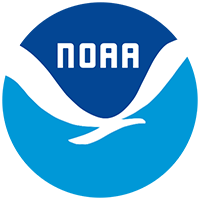Search and Rescue
The Rescueman’s Creed
It is my duty as a Rescueman to save life and to aid the injured. I will be prepared at all times to perform my assigned duties quickly and efficiently, placing these duties before personal desires and comforts. These things we (I) do, that others may live.
Originally titled “The Code of the Air Rescueman”, it was penned by the first commander of the Air Rescue Service, (then) Lieutenant Colonel Richard T. Kight (October 18, 1913 – June 17, 2001) and is also still used by the Air Force Rescue Coordination Center (AFRCC) “That others may live” has also been adopted by other SAR agencies in the U.S. and around the world.
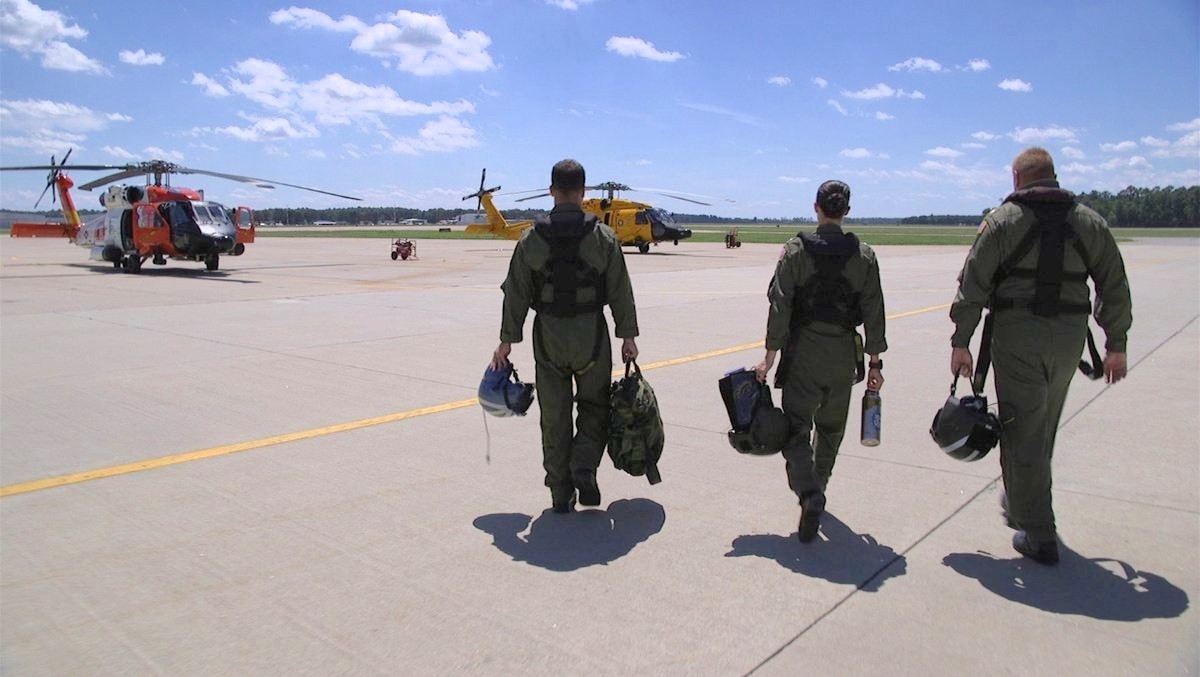
Image courtesy of Cospas-Sarsat
It is fortunate when the weather cooperates during a search. Often the kind of weather that gets people into trouble is the same kind of weather SAR personnel have to contend with to carry out the rescue.
That Others May Live
These four simple words define the passion and drive Search and Rescue (SAR) people have, and adverse conditions they put themselves through, to save others in distress. They take up the search on challenging terrain, in any weather, any time of year, day or night. The type of SAR responder called in is usually determined by the expertise required for the environment where the search and rescue is occurring. For some this is their profession… others are trained volunteers with a specific skillset. General types of SAR missions include: Mountain Rescue, Ground search and rescue (in wilderness areas), air sea rescue and avalanche rescue.
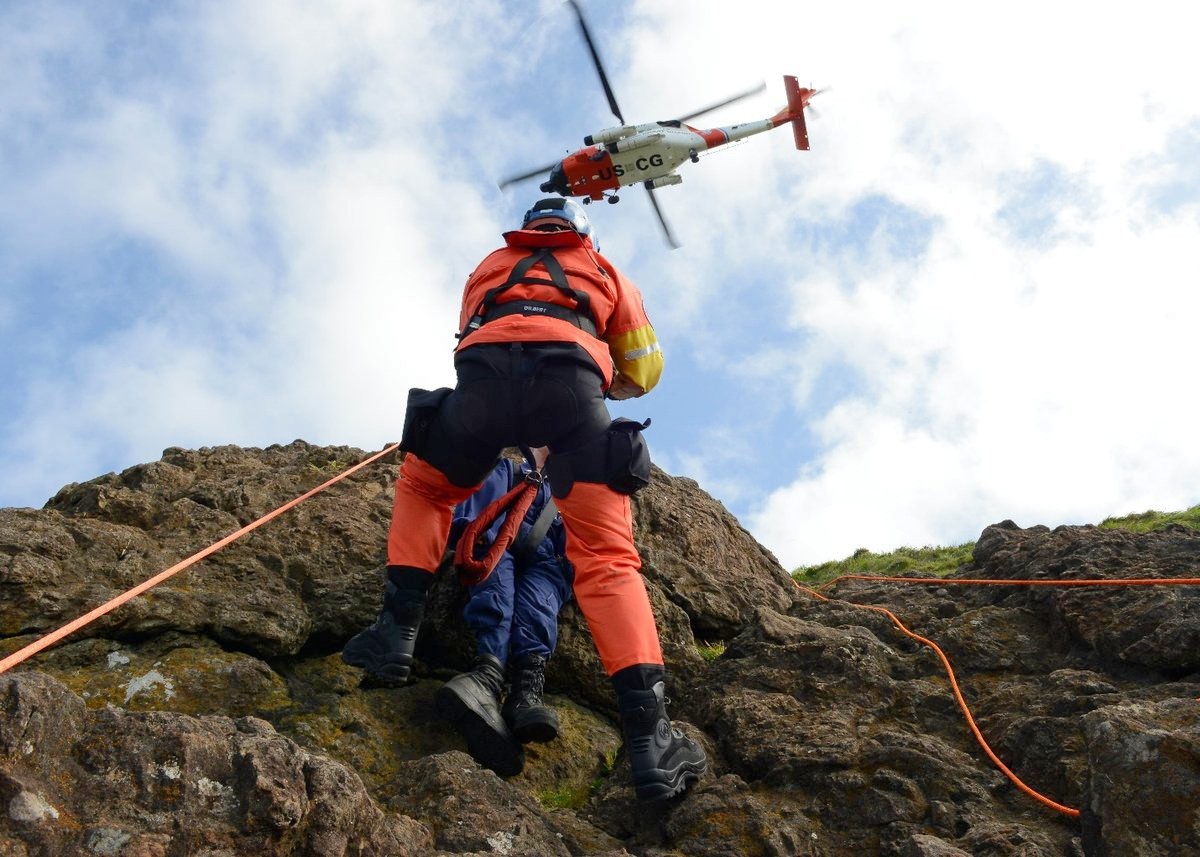
Image courtesy of DVIDS
Rescue, especially in rugged terrain, requires intense training, a high level of fitness and a very specific skill set.
They don’t wait for perfect conditions because time is the enemy. The mission is real and urgent, and the clock is ticking on someone’s life. In SAR terms they want to find whoever is in distress within “the golden hours”. What it means is the quicker a victim in distress can be found, the better chance they have for survival.
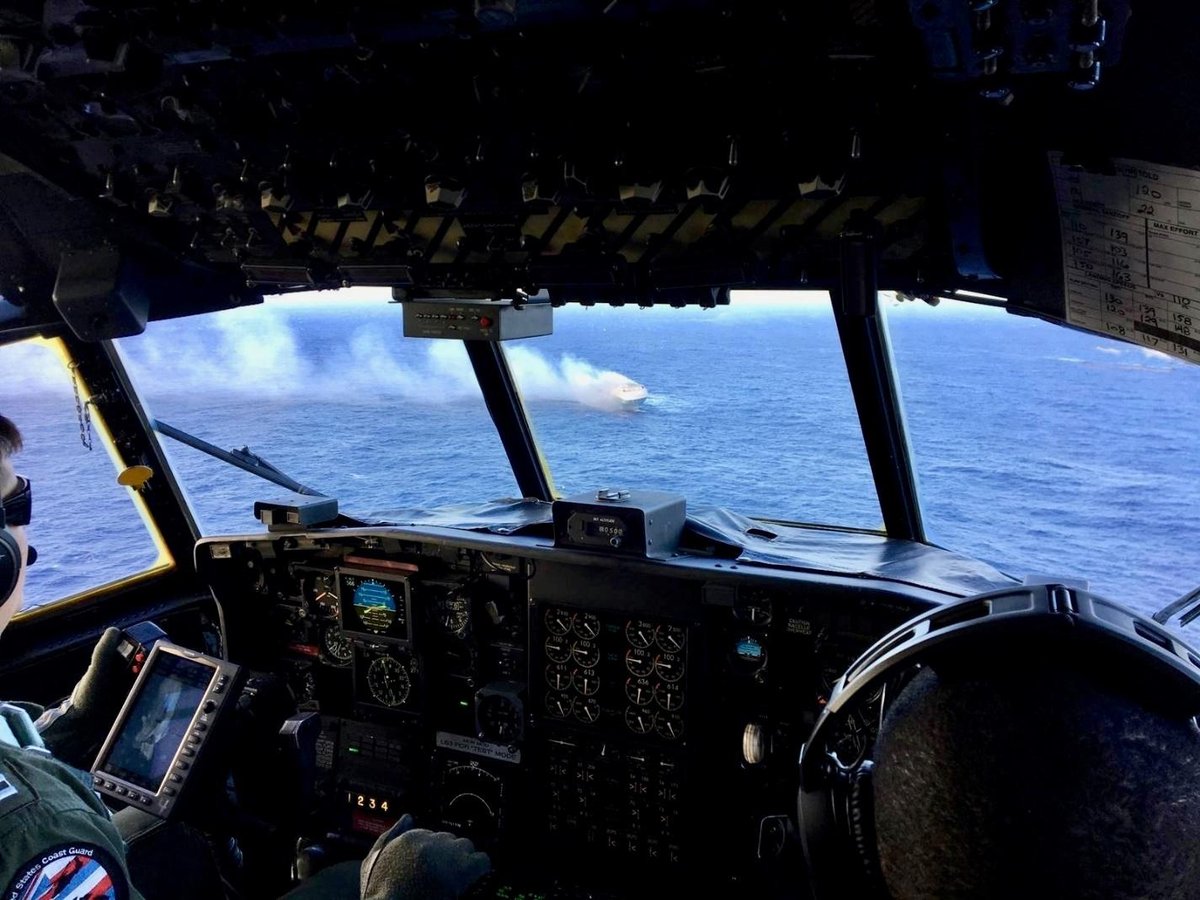
Image courtesy of DIVIDS
Getting help to you fast means the difference between rescue and recovery. 406 beacons make that possible.
What if You were that Person in Distress?
In other parts of this SARSAT website we have shown the many different ways a 406 distress beacon ‘Saves Lives’. To date there are over 40,000 individuals who owe their lives to a Cospas-Sarsat beacon and the people who responded to their distress signal. But a 406 beacon does more than that… it also helps minimize the risk to the people doing the search – the SAR teams – who potentially put their own lives at risk to save yours. Often the conditions that might have forced you to activate your 406 beacon in the first place are the same conditions they will encounter when coming to your aid.
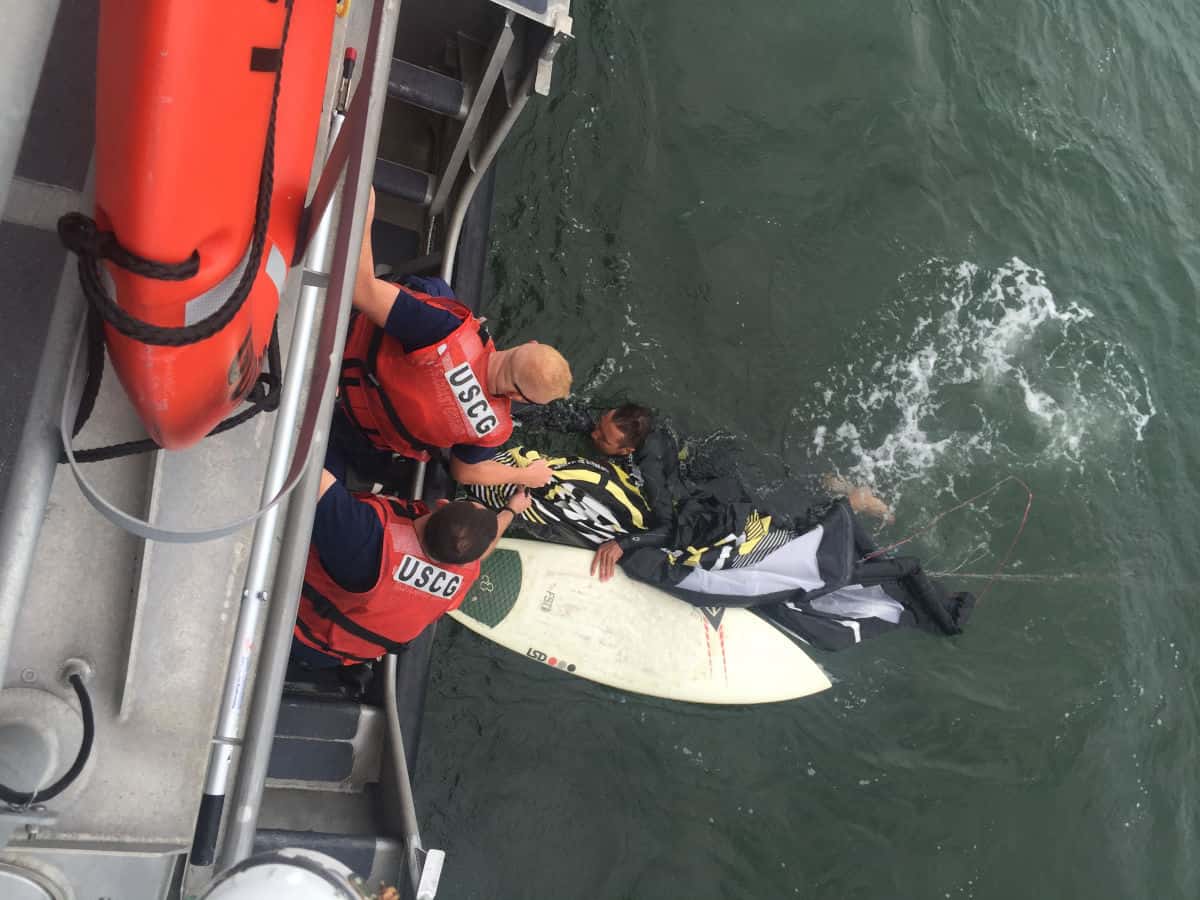
Image courtesy of DVIDS
By one estimate, there are over 100,000 rescues taking place in the U.S each year. Carrying a 406 beacon makes finding you much easier and faster for SAR crews.
Your boat might have been swamped in a storm, your helicopter crashed in a whiteout, you became injured by falling rocks while climbing a very treacherous mountain cliff or you might have just broken your leg while hiking in the backwoods. All these are valid reasons to activate your beacon. And by activating that beacon, if it is registered, the people rescuing you will know who you are, what activity you were involved in, when the beacon was activated, and most importantly where you are. From that information they will know how to prepare for the rescue and what equipment they will need. Depending on how far you are from civilization, they could be at your location in a matter of hours. 406 Beacons take the search out of search and rescue.
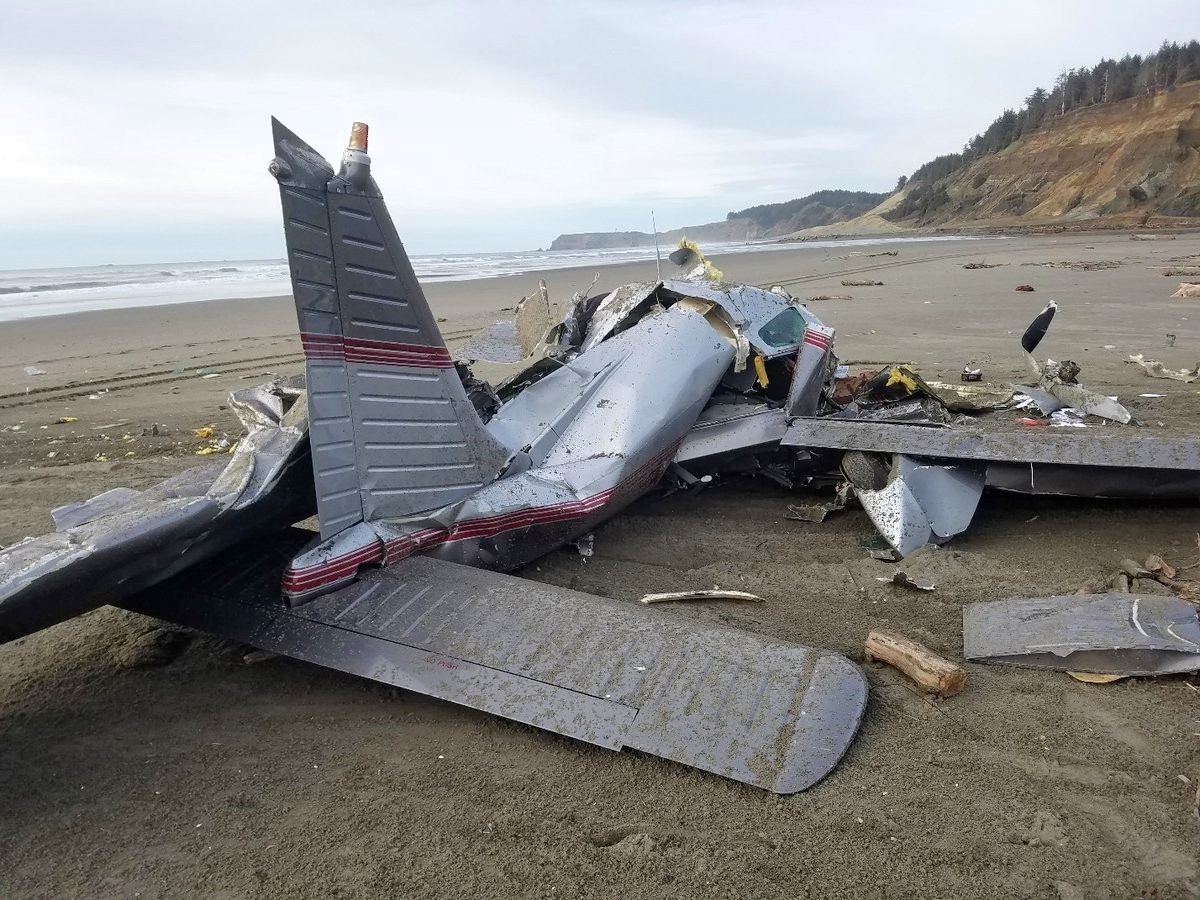
Image courtesy of DVIDS
406 ELT beacons are installed in the tail section of the plane as this is the most likely location to have the least impact damage. A G-switch (gravity switch) automatically activates the beacon when the plane crashes.
Now put yourself in the scenario where you don’t have a beacon. You lost your footing and fell down a steep incline. You may have tried your mobile phone, but you are far from civilization so no service. Your boat is sinking fast and all your means of communication are out of commission. Your plane was already off course when you lost power and crashed.
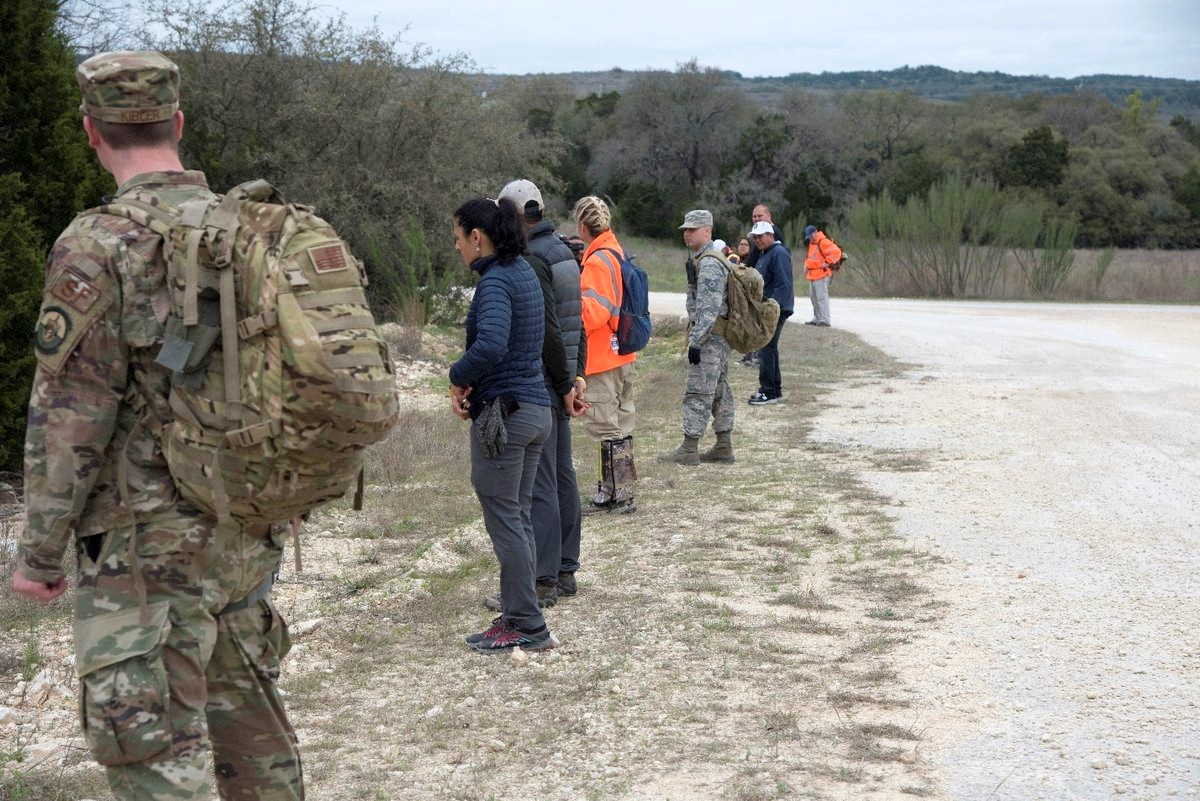
Image courtesy of DVIDS
A ground search without specific location information is very labour intensive and time consuming. Search grids are set up so all potential areas are covered thoroughly and methodically.
How will you be found? Once you are reported missing or overdue, SAR crews begin searching the only other way possible – making numerous trips covering potential areas you could be or were last seen. This might take days or weeks. And every time they go out looking for you, they put themselves in harms way. They want to find you and you want to be found. So carry a 406 beacon when you venture into wild and remote places. It will give you a lifeline to survival if you are injured. It makes rescue easier and safer for those who go out to save you. They will know where you are.
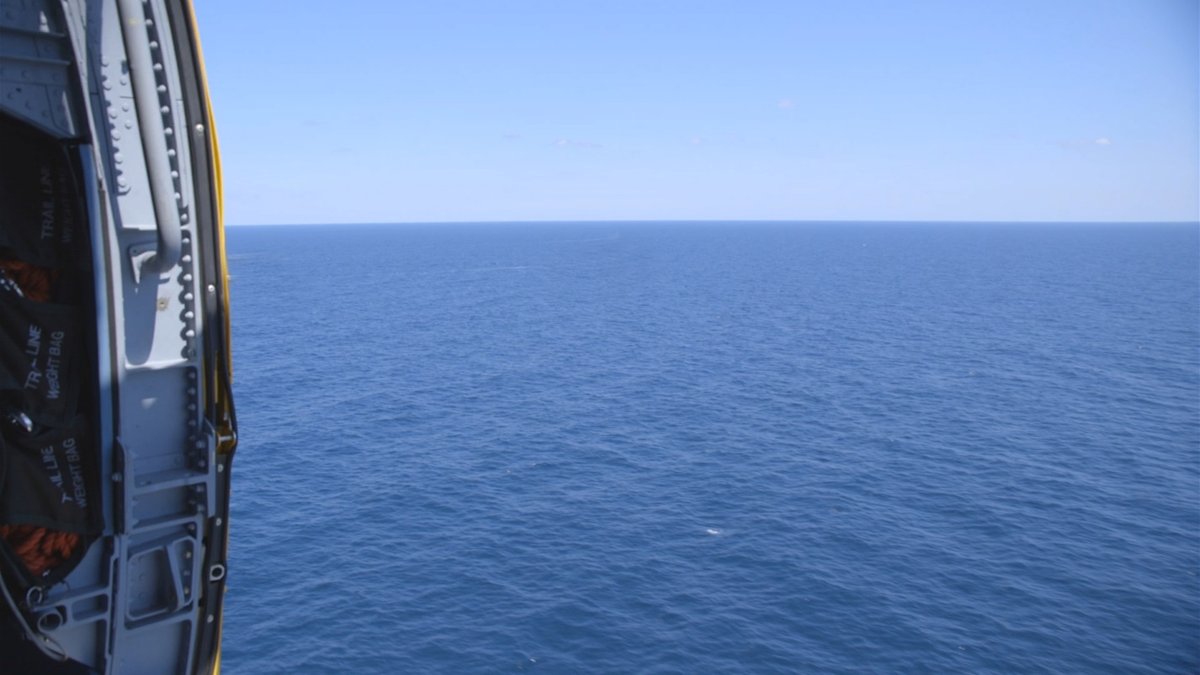
Image courtesy of Cospas-Sarsat
Pilots have to balance being high enough to search a large amount of area in a short time with being low enough to spot a victim, debris or a life raft in the water. This is especially stressful for SAR crews when there is an overdue reported but no location information other than the departure point and the planned destination.
As one Coast Guard rescue swimmer put it: (Without a beacon) “We would be doing search and rescue the old fashioned way; That is… go out, spend a lot of money, spend a lot of gas, burn a lot of holes in the sky, looking for folks and the clock is ticking on their lives”.
